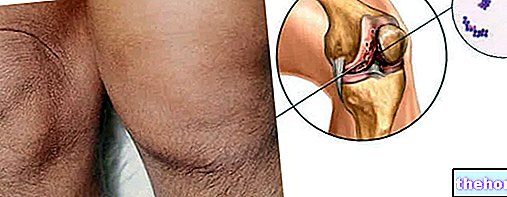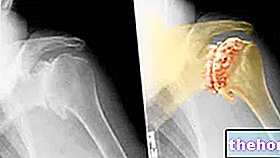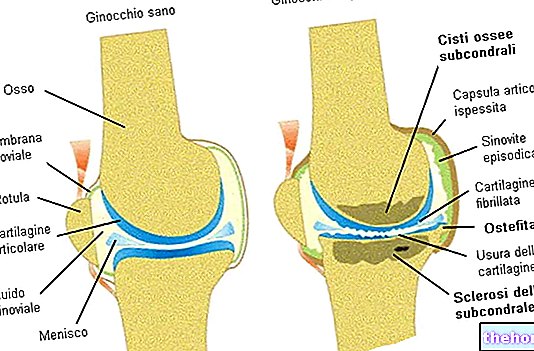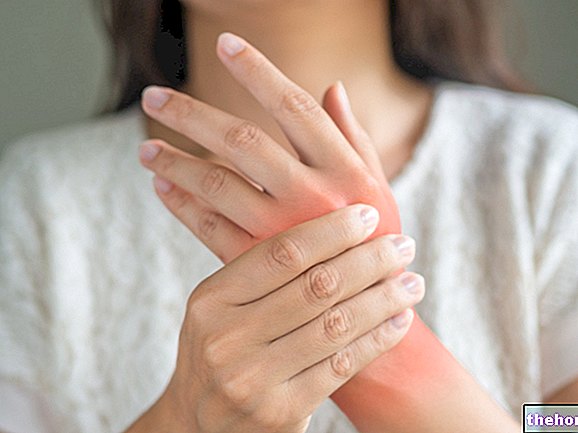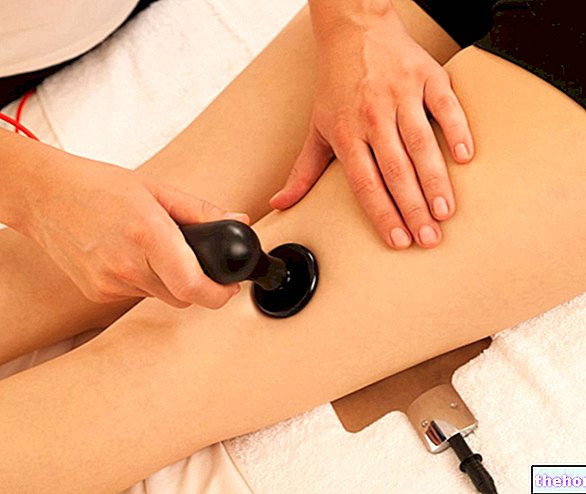The prevention of osteoporosis concerns a set of suggestions concerning the habits and lifestyle of the general population; these are opportune measures useful for the PROTECTION of health against a highly disabling pathology.
Put simply, the prevention of osteoporosis is represented by a set of protective measures adopted to limit the onset of a skeletal disorder.
Osteoporosis is characterized by impaired bone strength, which predisposes to an increased risk of fracture; PREVENTION is undoubtedly the most important aspect in the fight against osteoporosis.
First of all, the prevention of osteoporosis must take into account three fundamental points, which I would define as the major risk factors:
- The achievement or failure of infant bone mass peak
- Bone loss in adulthood
- The additional factors contributing to the "increased" incidence of fracture events
Osteoporosis intervenes on the integrity of the bone in 2 ways: on the bone density, that is, it alters the parameter of grams of mineral per tissue area, and on the quality of the bone, therefore on the architectural structure, on the turnover, and on the mineralization of the skeleton.
Osteoporosis differs into primary and secondary; the primary is divided into postmenopausal (purely female) e senile (linked to old age), while the secondary one depends above all on the incidence of other diseases or on the use of drugs with which it is frequently associated (eg cortisone); osteoporosis prevention must take into account all predisposing risk factors for both primary and secondary pathology.
If it is true that the first risk factor is failure to reach peak bone mass, to optimize the prevention of osteoporosis it is necessary to take into consideration all the most important factors that can affect this parameter:
- Genetic and / or familiar factors, and hormonal factors (estrogen and androgen levels, growth hormone)
- Nutrition (intake of calcium, vitamin D and, most likely, also vitamins C and K)
- Lifestyle (physical activity, UV exposure, cigarette smoking, excessive coffee consumption)
- Congenital diseases (cystic fibrosis, homocystinuria, osteogenesis imperfecta, etc.), chronic diseases and prolonged pharmacological treatments (corticosteroids).
RECOMMENDED RANGE OF CALCIUM AND SUN EXPOSURE FOR THE SYNTHESIS OF CALCIFEROL

NB. By solar exposure we mean that typical of the late spring, summer and early autumn period, in which the light beams are sufficiently intense to stimulate the synthesis of vitamin D.
Bone health is a process that must develop throughout life in both males and females; in this regard, I propose a quote from the "Guidelines for the prevention of" osteoporosis "disclosed by the Ministry of Health:
The key steps that should be pursued at all ages to achieve effective prevention of osteoporosis can be summarized as follows:
1. follow a balanced diet rich in calcium and vitamin D
2. practice physical exercise in relation to body weight
3. follow healthy lifestyles (without alcohol, smoke or drugs)
4. and, when appropriate, perform tests to define bone mineral density and possibly undergo appropriate therapies.
For the prevention of osteoporosis it is also appropriate to consider that specific recommendations correspond to each age. In children and adolescents it is essential to ensure a diet rich in calcium, an adequate synthesis (and exogenous intake) of vitamin D, the practice of physical activity regular and monitoring of the hormone balance.
In adults and the elderly instead, in addition to ensuring calcium and vit. D, it is essential that there is no abuse of: alcohol, smoking and caffeine. Physical activity continues to play a fundamental role, as does the prevention of other pathologies that can alter the integrity of the skeleton. For women it would be advisable to consider the possibility of undertaking hormone replacement therapy at the time of menopause.

The same principles apply to the prevention of secondary osteoporosis, with the difference that it is often ESSENTIAL to intervene on the related pathology by means of specific pharmacological therapy.
Bibliography:
- Guidelines for the prevention of osteoporosis - Department of prevention and communication. Directorate-General for Veterinary Health and Food. Office XII - Ministry of Health.
- Rehabilitation in orthopedics. Second edition - S. B. Brotzman, K. E. Wilk - Elsevier Masson - ch 7 - page 531
- Osteoporosis. 10 golden tips for prevention and treatment - chap3 - page 73:79

